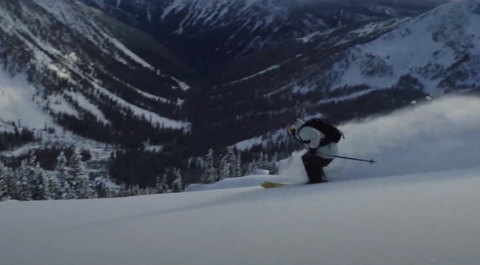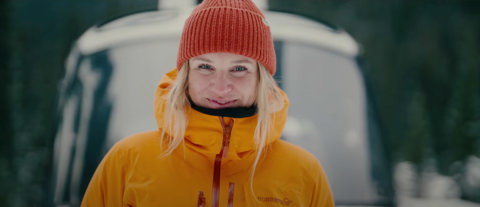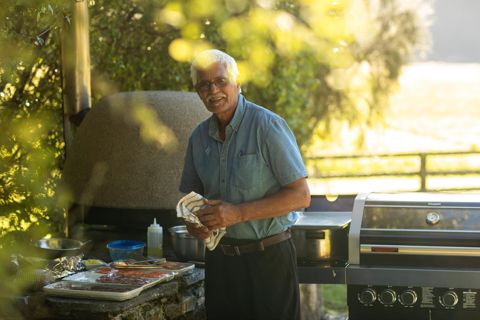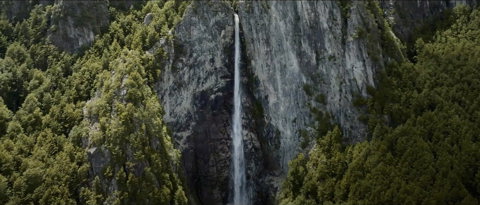This ecoregion is characterized by rainy weather and evergreen forests that are home to unique flora and fauna. This rainforest at the end of the world covers more than 500 miles north to south.

June 6, 2024
Patagonian Flora & Fauna
Rio Palena Lodge is located in a Valdivian temperate forest.
The Flora
The flora in this region is diverse — from ferns and orchids to ancient trees such as the Alerce that can live more than 2,000 years. There are a number of fascinating tree species in this primordial part of the world. The Ulmo Tree blooms every February, and from its flowers, the local bees create the distinctly delicious “Ulmo honey.” The Canelo Tree is sacred to the native Mapuche people because of its strong medicinal properties. Other large, important trees include the Coihue and Mañio. The first is home to the big beetle, Cantaria, who is an important food source for trout. The second is a native pine known for its excellent building quality.
The Fauna
Wildlife in the rainforest is relatively scarce, but at the top of the food chain are the puma and the fox. The Pudu (the smallest deer in the world) and Huemul Deer are very shy and difficult to spot. The birds are abundant and diverse, from the smaller-sized Chucao Tapaculo and Wed Wed and the medium-sized Kingfisher and Caiquen, to the bigger birds like the Condor and the Eagle. It is possible to encounter all of these species at Rio Palena Lodge.
In our home waters, you can catch rainbow, brown, and brook trout throughout the whole season. If you’re lucky, you may even catch all three in one day for the Patagonian version of the elusive Grand Slam. However you prefer to explore the grandeur of Patagonia’s great outdoors, Eleven Rio Palena Lodge is the perfect launch pad.
Kingfisher
Medium sized bird native to Patagonia
Explore the World of Eleven
Kingfisher
Medium sized bird native to Patagonia region
